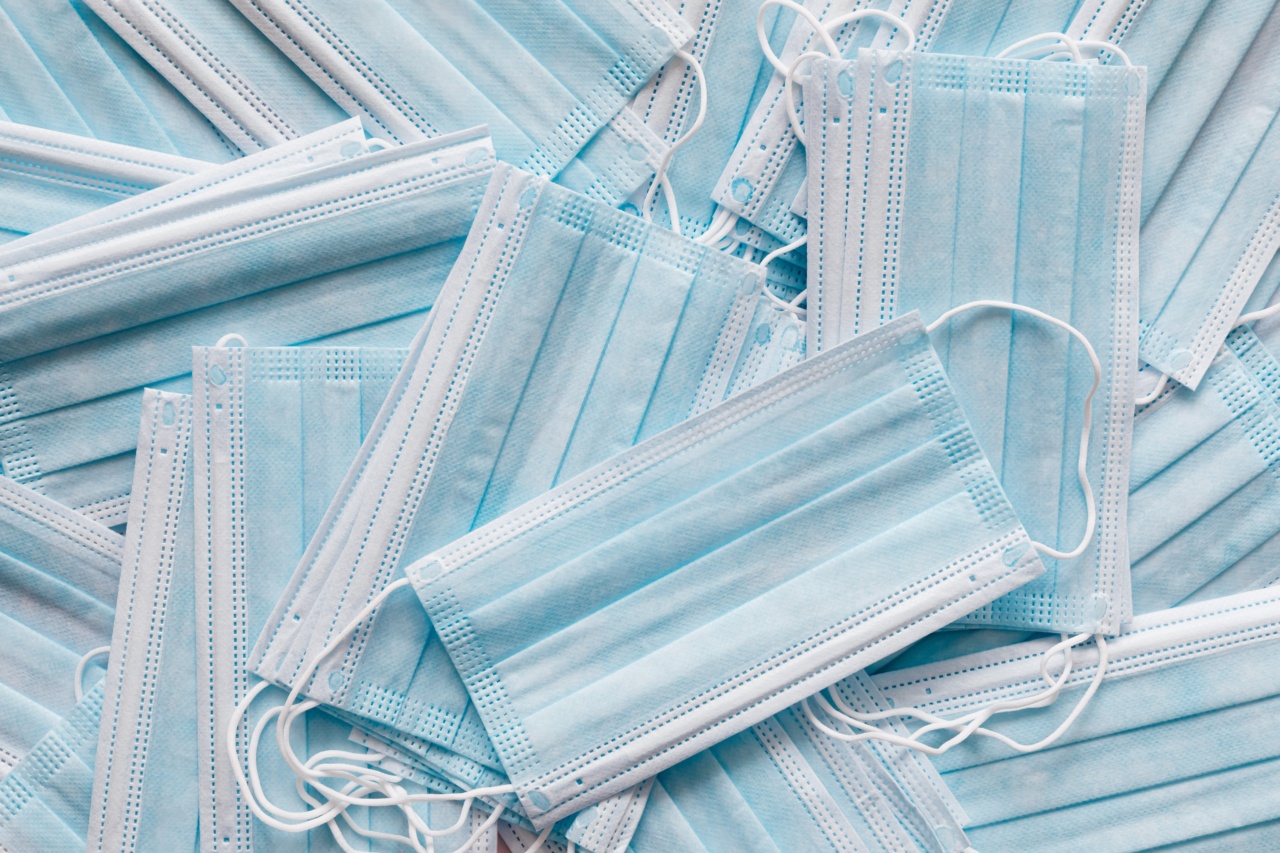Self-tanning or fake tanning is a popular trend among beauty enthusiasts. It is an easy and quick way to get a sun-kissed glow without the risk of sun damage. However, despite its popularity, self-tanning also comes with its dangers.
In this article, we will be discussing some of the risks involved in self-tanning.
1. Skin irritation and allergy
One of the most common side effects of self-tanning is skin irritation and allergies. Self-tanning products contain DHA (Dihydroxyacetone), which is a chemical that reacts with the amino acids present on the skin’s surface to produce a tan.
The reaction can cause skin irritation, leading to redness, itching, and rashes. In some cases, self-tanning products can also cause an allergic reaction, leading to swelling, hives, and even difficulty breathing.
If you experience any of these symptoms after using a self-tanning product, it is best to stop using it and consult a dermatologist.
2. Uneven tanning
Another danger of self-tanning is the risk of uneven tanning. Self-tanning products can be tricky to apply and require some amount of skill and practice.
If not applied correctly, the product can result in uneven tanning, leaving some areas darker than others. Darker areas can make the skin appear patchy and unappealing. To avoid uneven tanning, it is best to exfoliate and moisturize the skin before applying the product and to follow the instructions carefully.
3. Damage to clothing and linens
Self-tanning products can have a damaging effect on clothing and linens. The product can transfer onto clothes and linens and cause staining. This staining can be difficult or sometimes impossible to remove.
To avoid staining, it is best to avoid wearing tight-fitting clothing immediately after applying self-tanner and wait for the product to dry completely.
4. Long-term health risks
There are also some concerns about the long-term health risks associated with self-tanning. The primary ingredient in self-tanning products, DHA, has been found to have toxic effects on cells.
Research has shown that when DHA is inhaled, it can damage DNA and lead to mutations. It is important to note that these studies were conducted in a laboratory setting, and more research is needed to understand the full extent of the risks involved.
5. Overuse
Another danger of self-tanning is overuse. Some individuals may become obsessed with achieving the perfect tan and use self-tanning products excessively.
Overuse of self-tanning products can lead to the development of a condition known as “tanning addiction.” Tanning addiction is a psychological condition characterized by an excessive preoccupation with tanning, leading to the use of tanning beds or self-tanning products even when it is harmful to the individual’s health.
6. Sun damage
Although self-tanning products are an excellent alternative to traditional tanning methods, they do not protect the skin from sun damage.
Some individuals may use self-tanning products as a substitute for sunscreen, thinking that the product will protect their skin from sun damage. However, this is not the case, and the skin is still susceptible to sun damage without protection. It is essential to use sunscreen or protective clothing when exposed to the sun, even if you have a self-tan.
7. Slippery surface
Another danger of self-tanning is the risk of creating a slippery surface. Self-tanning products can leave a residue on the skin, making it slippery and increasing the risk of falls.
This can be especially dangerous for the elderly or individuals with mobility issues. To avoid this, it is best to apply self-tanning products on a non-slip surface and wait for the product to dry completely before walking or getting dressed.
8. Fake-looking tan
Finally, one of the biggest dangers of self-tanning is ending up with a fake-looking tan. A fake-looking tan can be a result of using too much product, failing to blend the product correctly, or applying the product to areas that do not tan naturally.
A fake-looking tan can be glaringly obvious and make the individual appear orange or unnatural. To avoid a fake-looking tan, it is best to follow the instructions carefully, apply the product sparingly and blend it well.
Conclusion
Self-tanning may seem like an easy and harmless way to achieve a sun-kissed glow, but it can come with its dangers. From skin irritation and allergies to long-term health risks, self-tanning is not without risks.
It is essential to follow the instructions carefully, and if you experience any adverse reactions, stop using the product and consult a dermatologist.






























